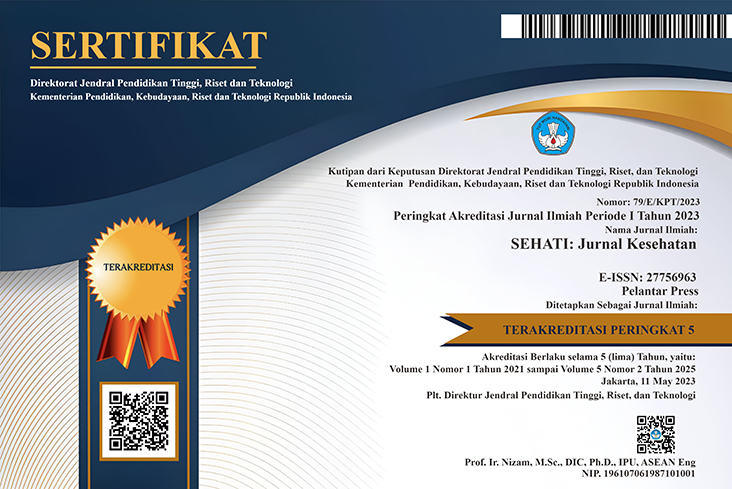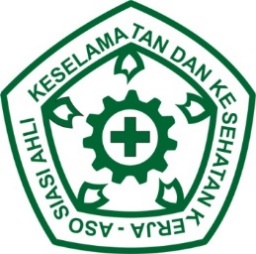Manajemen anestesi pada fraktur multiple os femur dan os tibia: Sebuah laporan kasus
Abstract
Fracture is a break in the continuity of bone, joint bone, epiphyseal cartilage, which is total or partial. Currently musculoskeletal disease has become a problem that is often found in health care centers around the world. Overall incidence of fractures was 11.3 in 1,000 per year, in males was 11.67 in 1000 per year, whereas in 10.65 in 1,000 women per year. The classic symptom is a history of trauma fracture, pain and swelling in the broken bones, deformity, musculoskeletal dysfunction, breaking the continuity of the bone, and neurovascular disorders. Principles of fracture treatment is to restore the position of the fracture to its original position (reposition) and held that position during the healing of fractures (immobilization). Special in open fractures, must be considered the danger of infection, either general or local infection. Mr. A 30 years old came with complaints of difficulty moving his left leg after a traffic accident 3 months ago and was taken to a sangkal putung but it didn't heal so he was taken to the hospital and got multiple fractures of the tibia and femur. The patient underwent surgery with the ORIF procedure under general anesthesia. Preoperative, intraoperative, and postoperative management needs to be done correctly and completely to support the success of the operation.
Keywords
Full Text:
PDFReferences
Ali, R & Richard, DZ. (2021). Initial Management of Trauma in Adults. From https://www.uptodate.com/contents/initial-management-of-trauma-in-adults?topicRef=94581&source=see_link.
American College of Surgeons. (2018). ATLS® Advanced Trauma Life Support. Chicago: American College of Surgeons.
American Society of Anesthesiologists. (2017). Practice Guidelines for Preoperative Fasting and the Use of Pharmacologic Agents to Reduce the Risk of Pulmonary Aspiration: Application to Healthy Patients Undergoing Elective Procedures. Anesthesiology. 126,376–93.
Amini SM, Yoldashkhan M, Zohari S, Nasiri M, Mousavi Z, Amini M. (2020). Assessing the effectiveness of ketorolac in pain management of traumatic injuries in prehospital emergency care services. Journal of Emergency Practice and Trauma.
Apley, Solomon. (1993). Injuries of the knee and leg. Apley’s System of Orthopaedics and Fractures. 7th Edition. Oxford: Butterworth Heinemann.
Blom AW, Warwick D, Whitehouse MR. (2018). Apley and Solomon’s System of Orthopaedics and Trauma Tenth Edition. London: CRC Press.
Bratzler DW, Dellinger EP, Olsen KM. (2013) Clinical practice guidelines for antimicrobial prophylaxis in surgery. Am J Health-Syst Pharm. 70,195–283.
Butterworth JF, Mackey DC, Wasnick JD. (2013). Morgan and Mikhail’s Clinical Anesthesiology Fifth Edition. New York: McGraw-Hills.
Court Brown CM. (2001). Fracture of the Tibia and Fibula, Rockwood and Wilkins' Fractures in Adults, 6th edition. Phuiladelphia: Lippincott Williams & Wilkins Publishers.
Einhorn TA, Gerstenfeld LC. (2015). Fracture healing: mechanisms and interventions. Nat Rev Rheumatol. 11(1),45–54.
Sivasundaram L, Trivedi NN Gatta J Ning AY, Kim CY. (2019).Demographics and Risk Factors for Non Accidental Orthopedic Trauma. Clin Pediatr 58(6),618-626.
Stela M, Santolini E Sanguineti F Feli L, Vinceti G. (2019). Aetiology of trauma-related acute compartment syndrome of the leg: A systematic review. 50(2), 57-65.
Singaram S, Naidoo M. (2019). The physical, psychological and social impact of long bone fractures on adults: A review. Afr J Prim Health Care Fam Med. 11(1),1-9.
Wyatt JP, Illingworth R, Graham CA, Clancy MJ, Robertson CE .(2012). Oxford Handbook of Emergency Medicine Fourth edition. USA: Ozfor University Express.
Watson W dan Capek A. (2018). Premedication. Anaesthesia & Intensive Care Medicine.
White RR, Babikian GM. (1998). Specific fractures Tibia : shaft. AO Fractures.
DOI: https://doi.org/10.52364/sehati.v2i1.13
Refbacks
- There are currently no refbacks.
Copyright (c) 2022 Pelantar Press

This work is licensed under a Creative Commons Attribution-NonCommercial-NoDerivatives 4.0 International License.

Ciptaan disebarluaskan di bawah Lisensi Creative Commons Atribusi-NonKomersial 4.0 Internasional.




